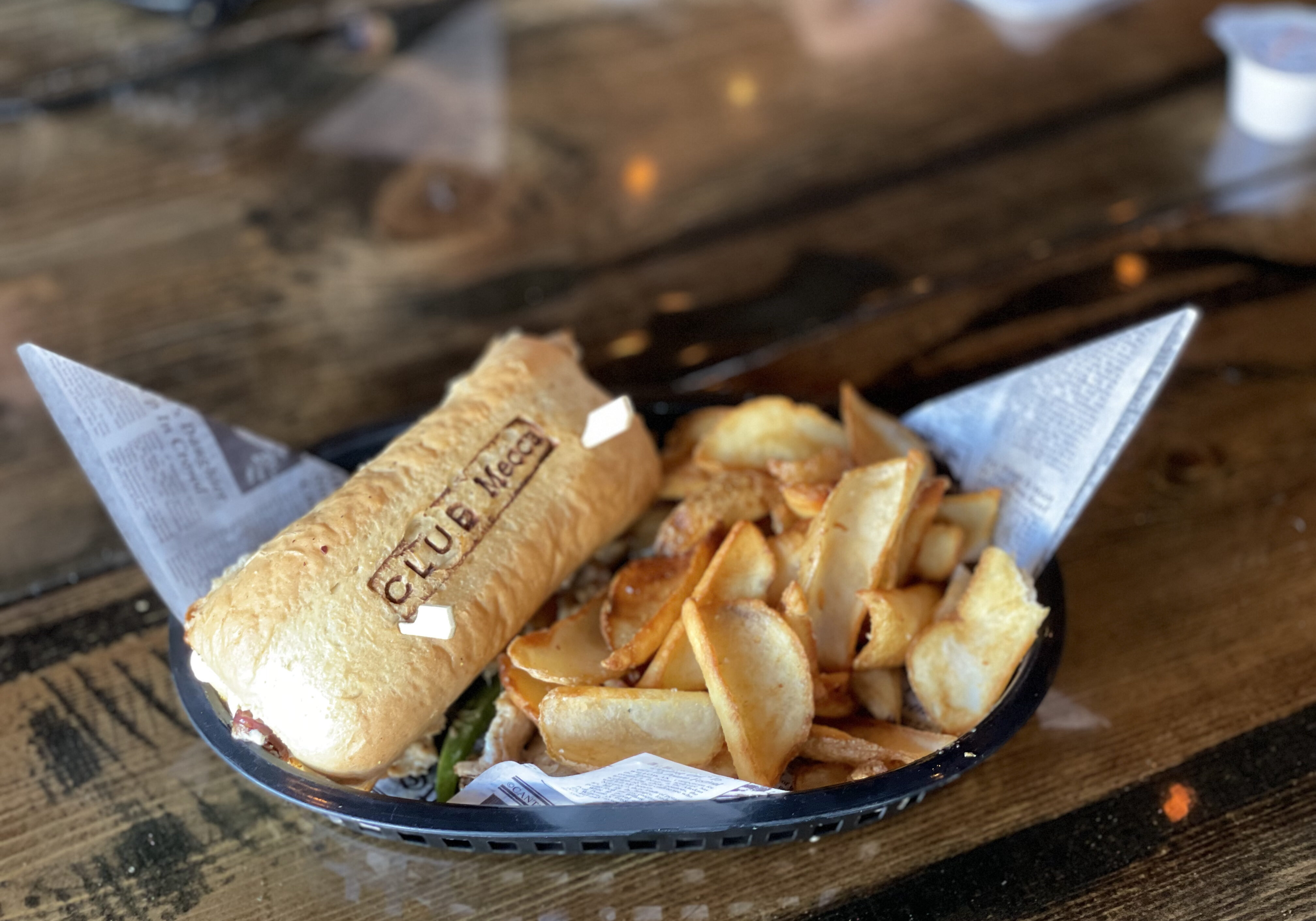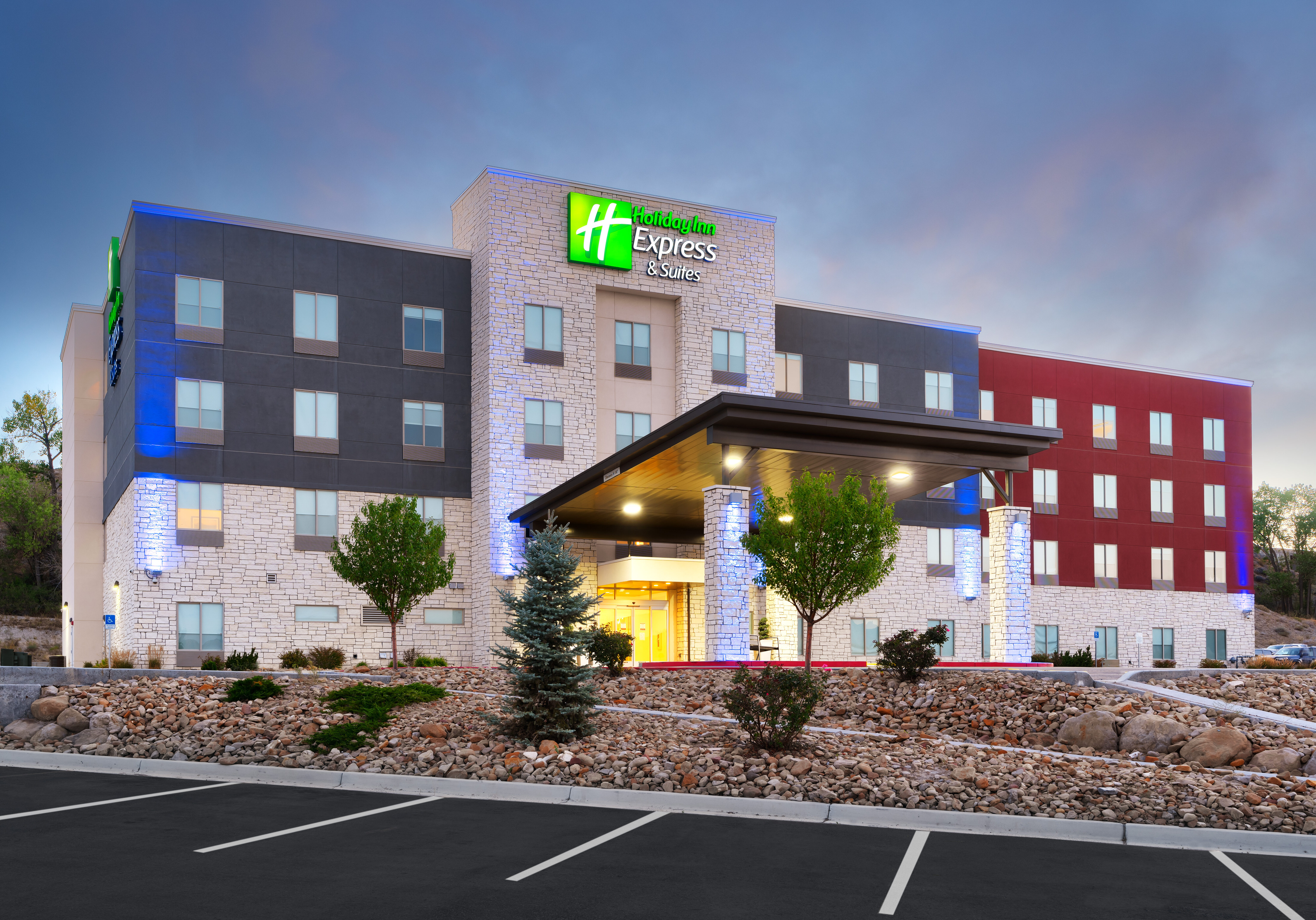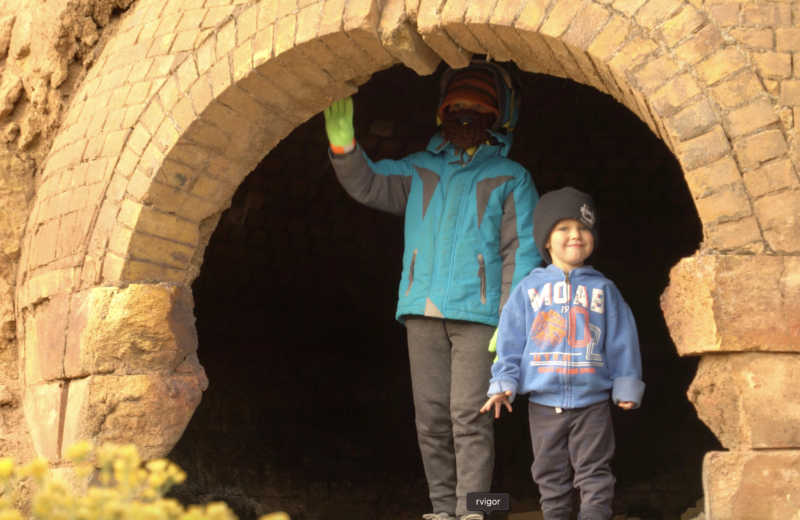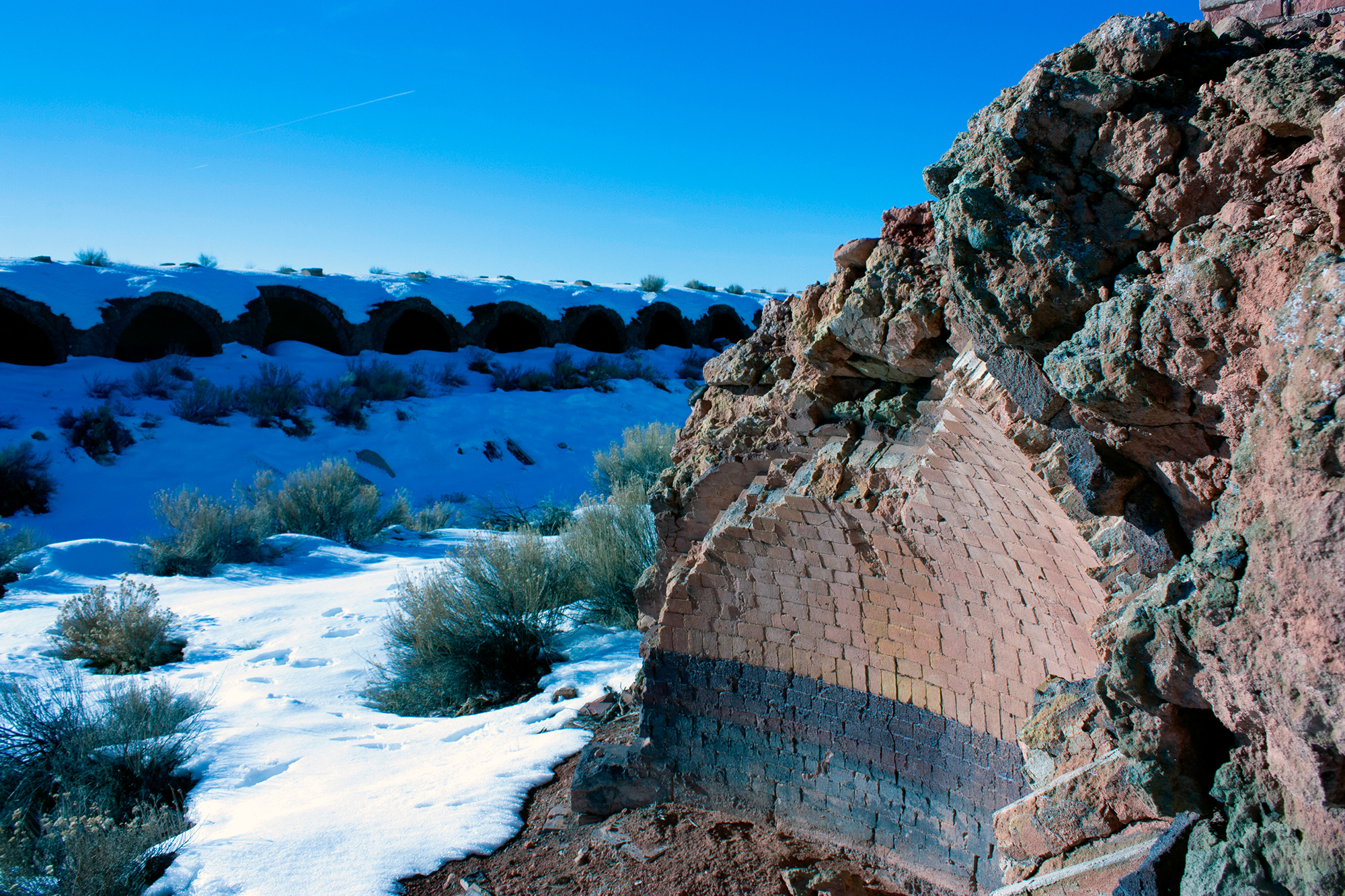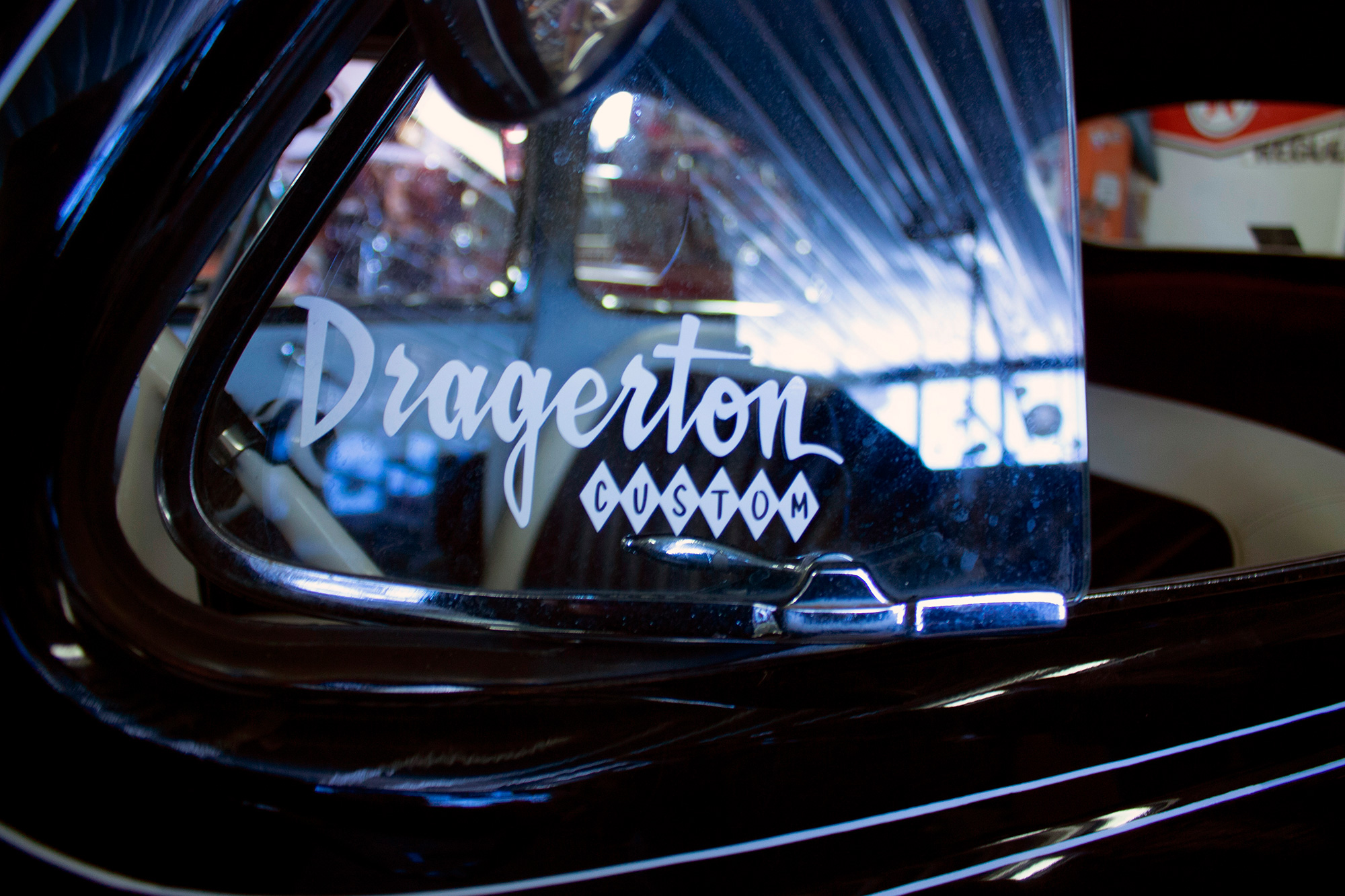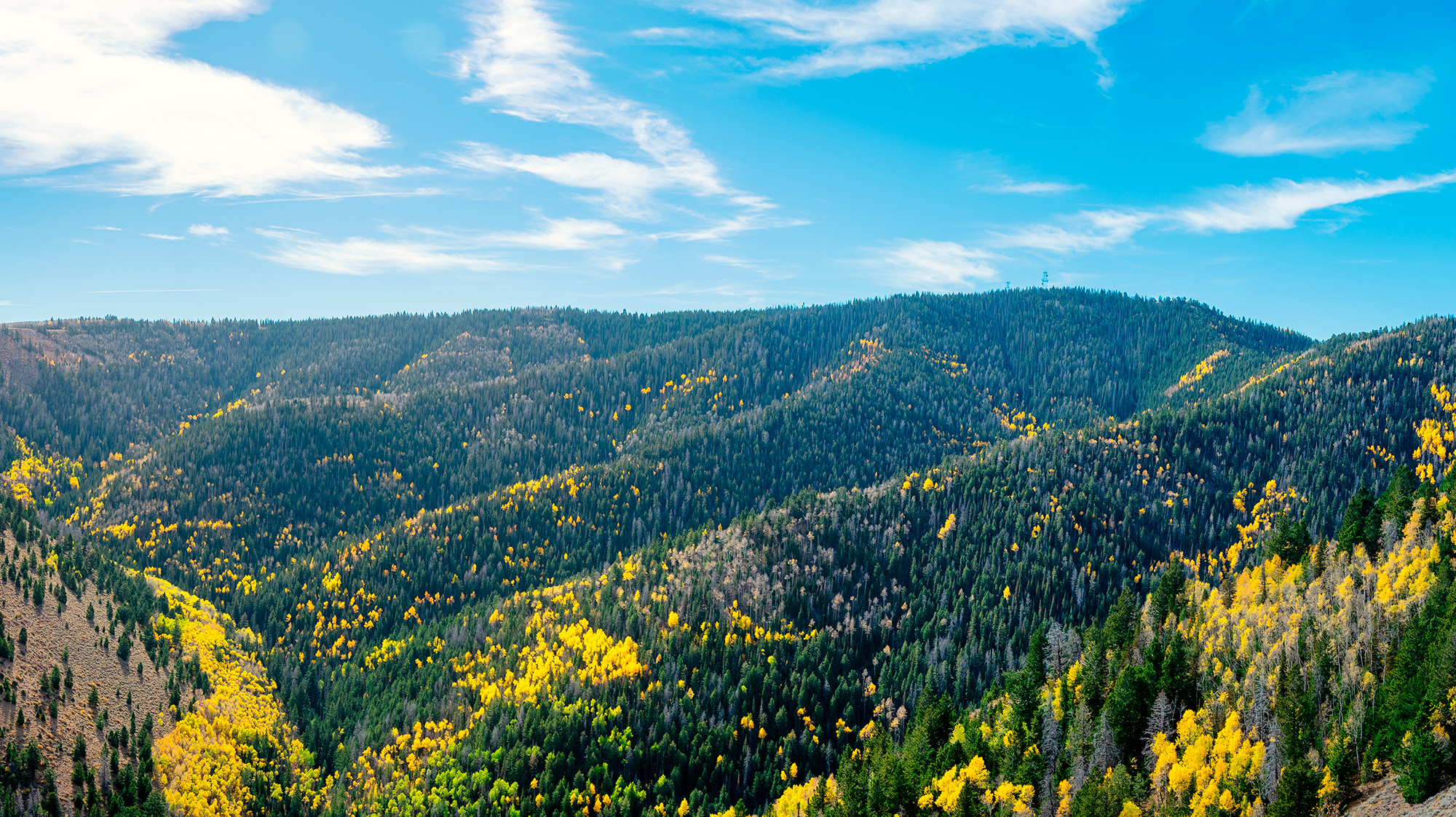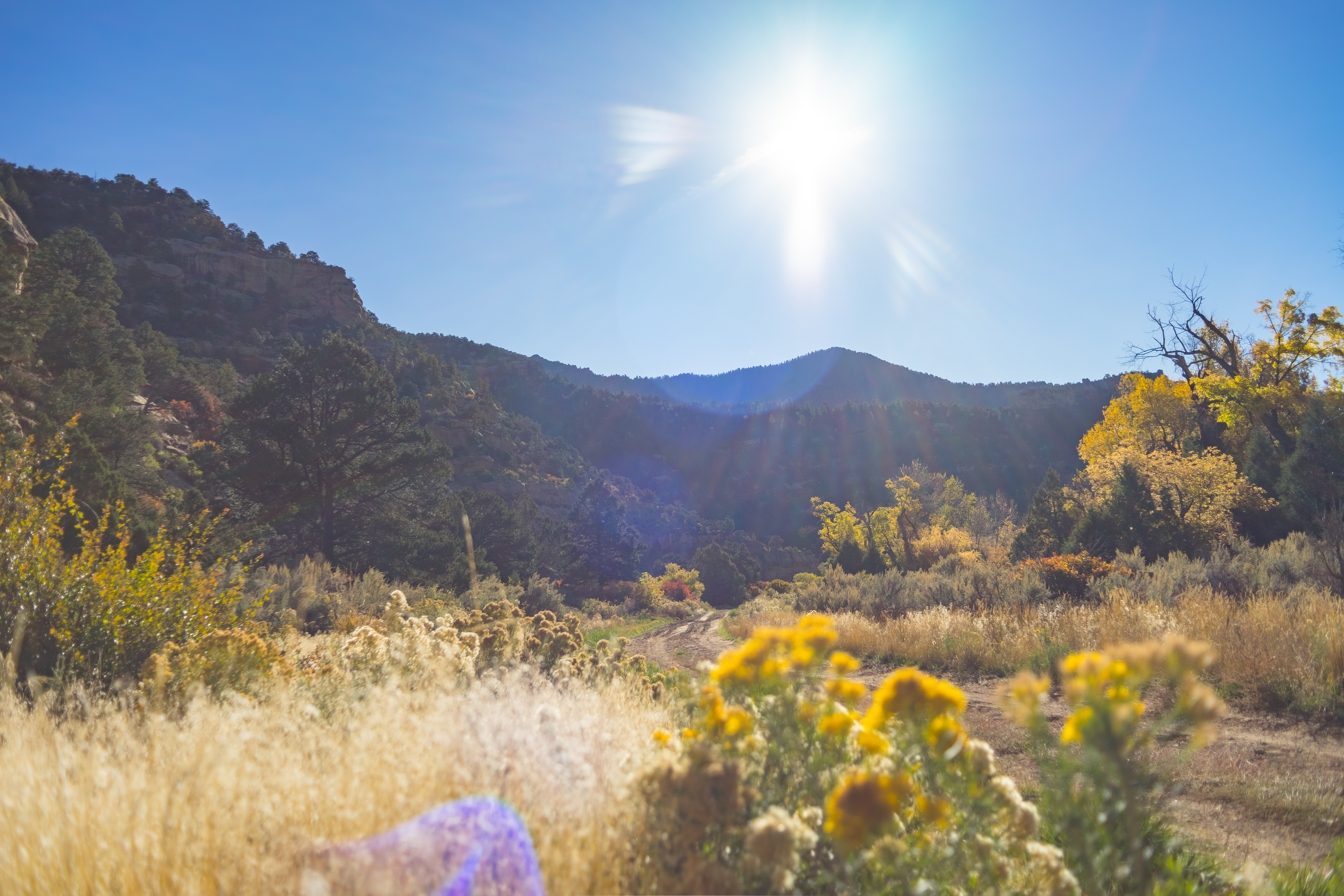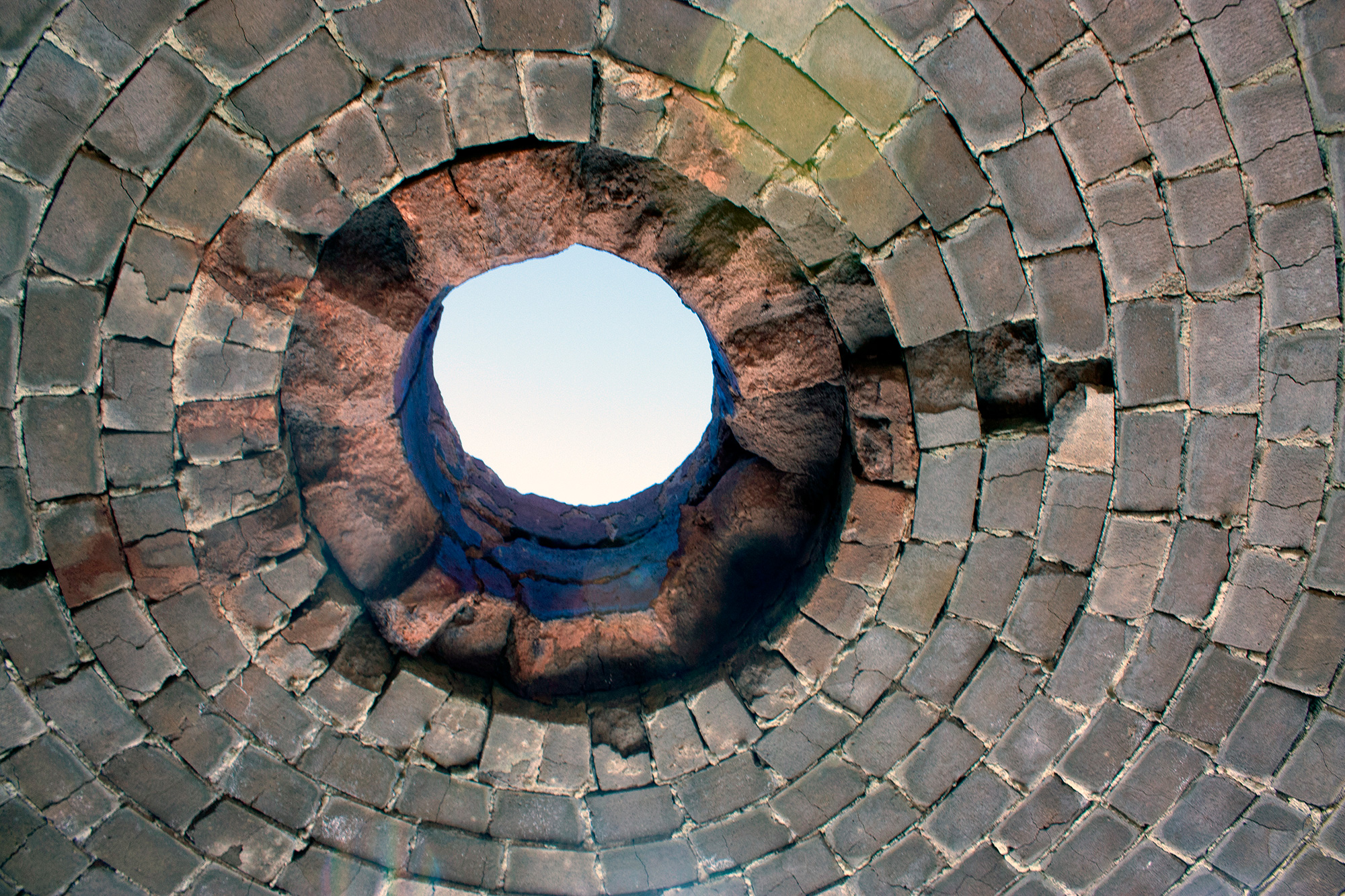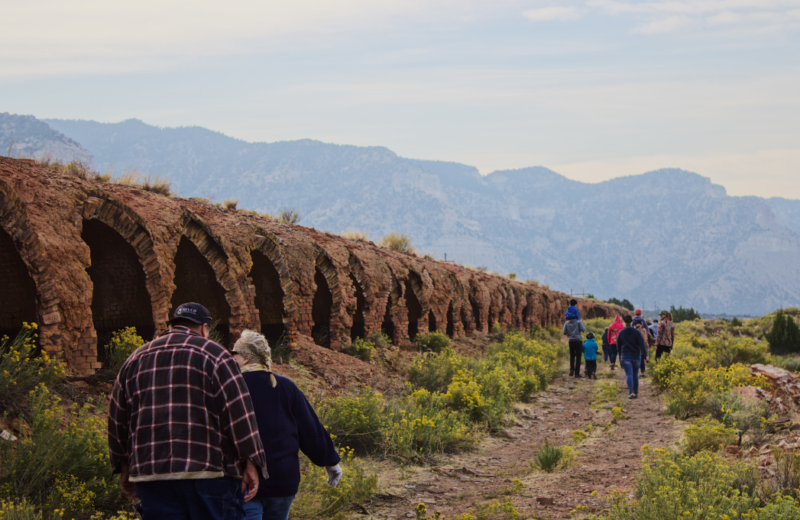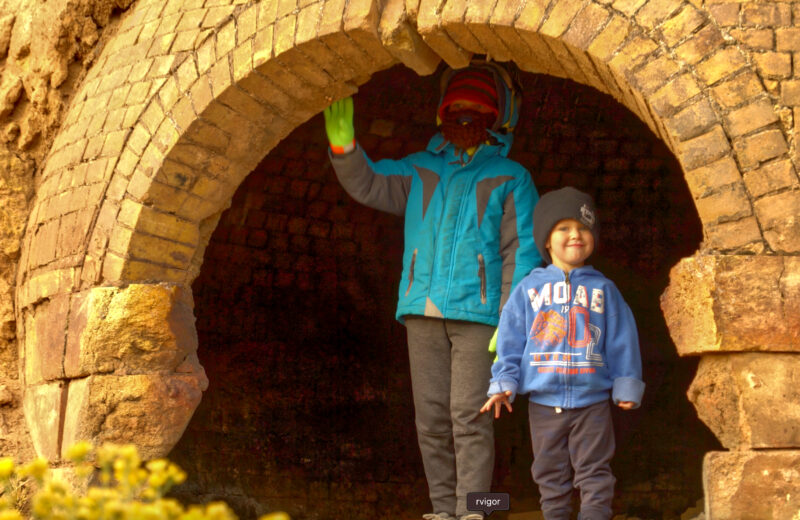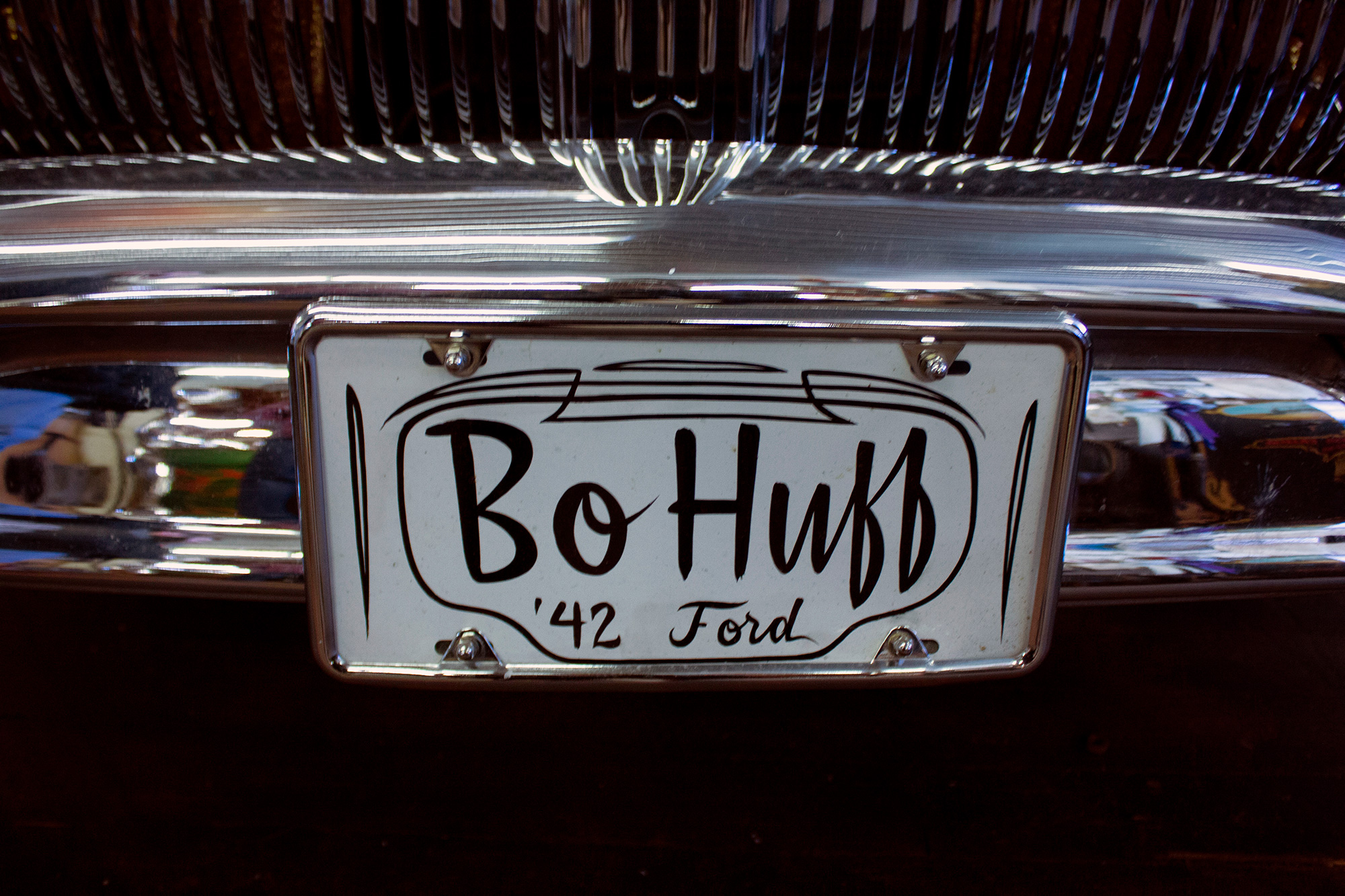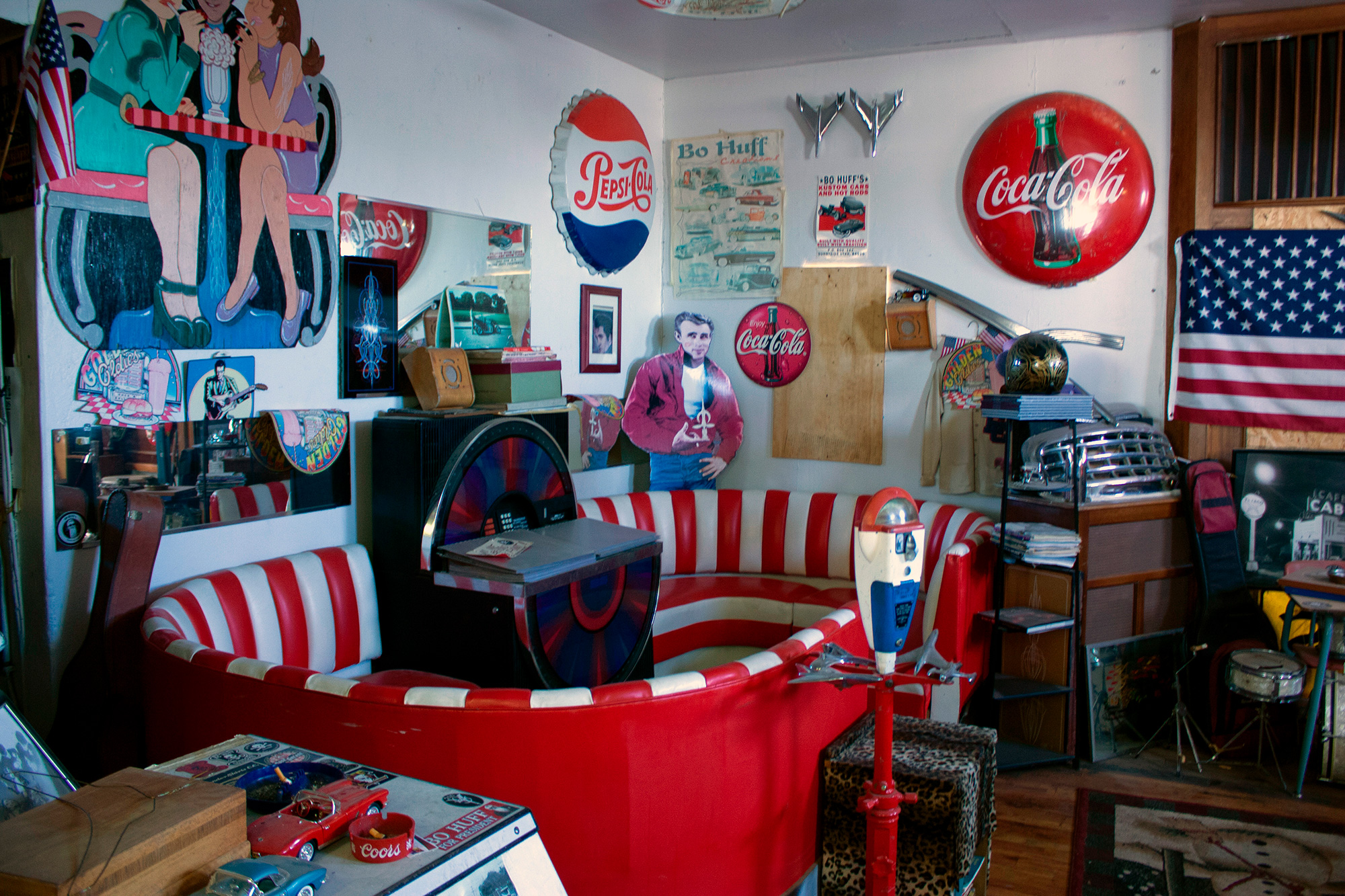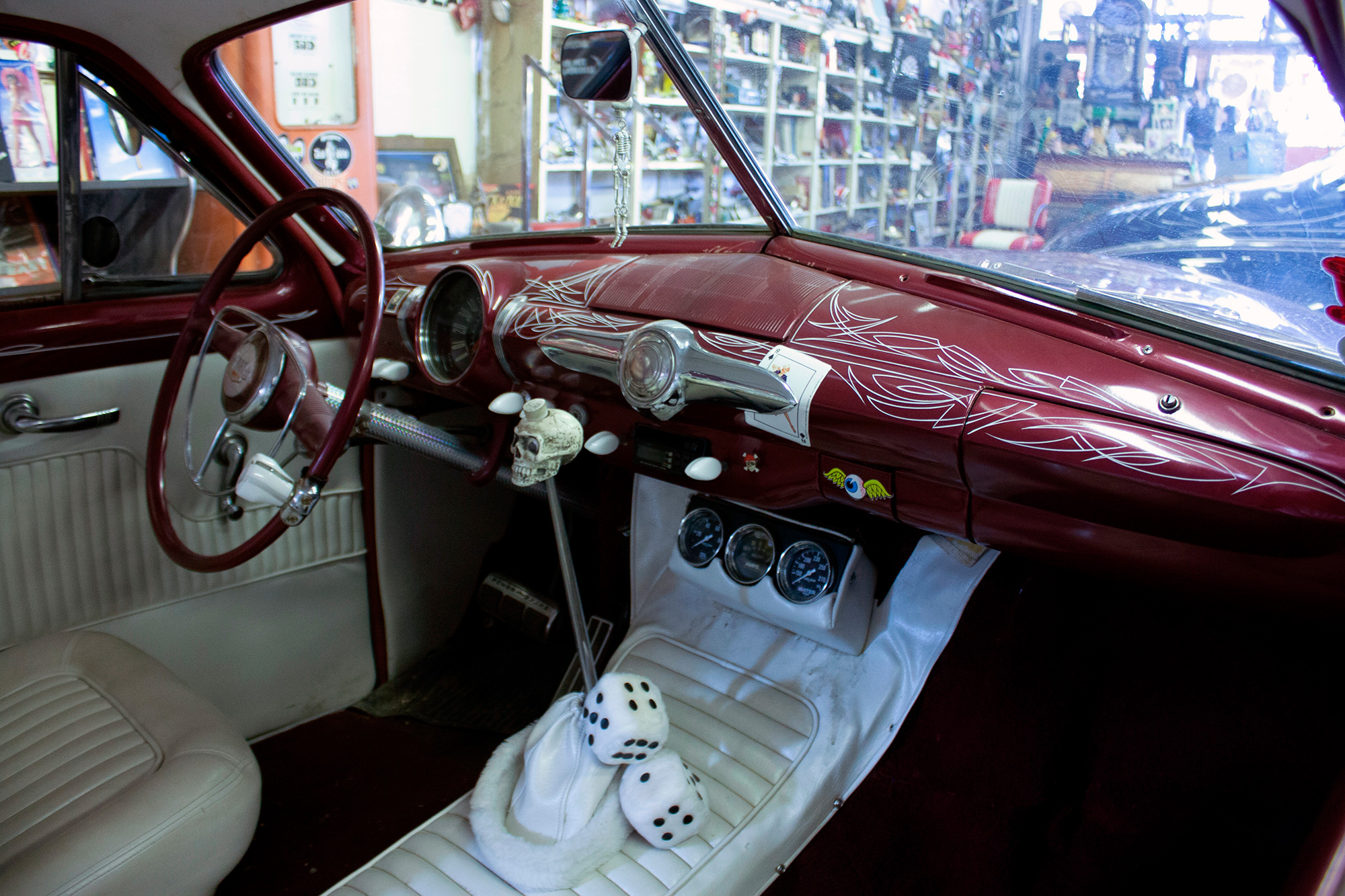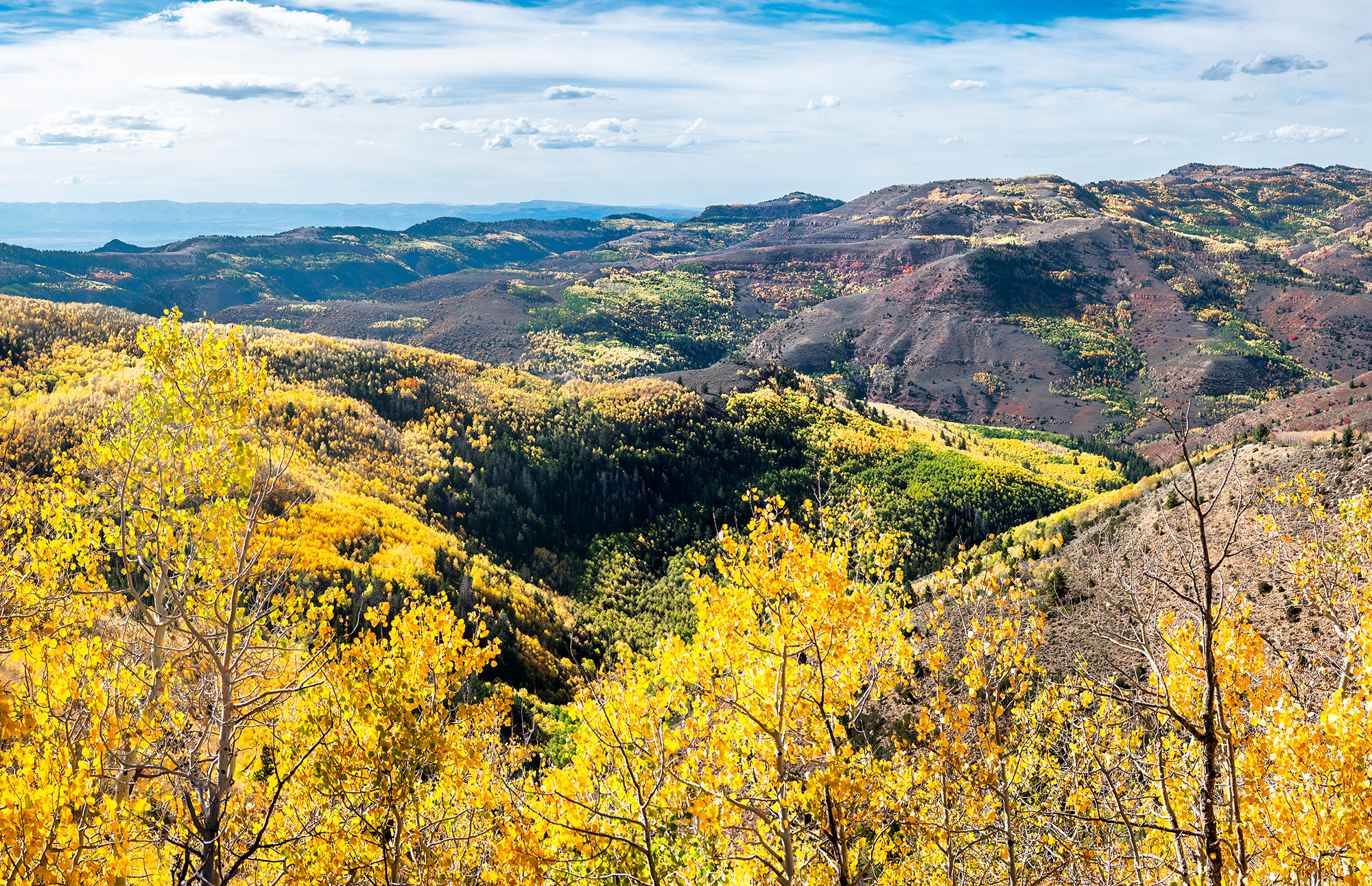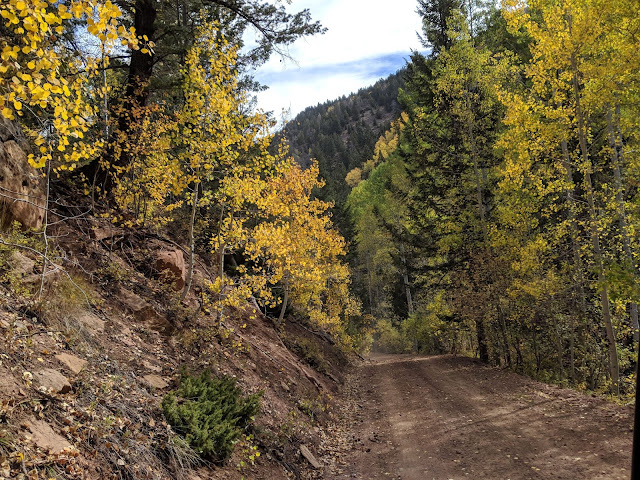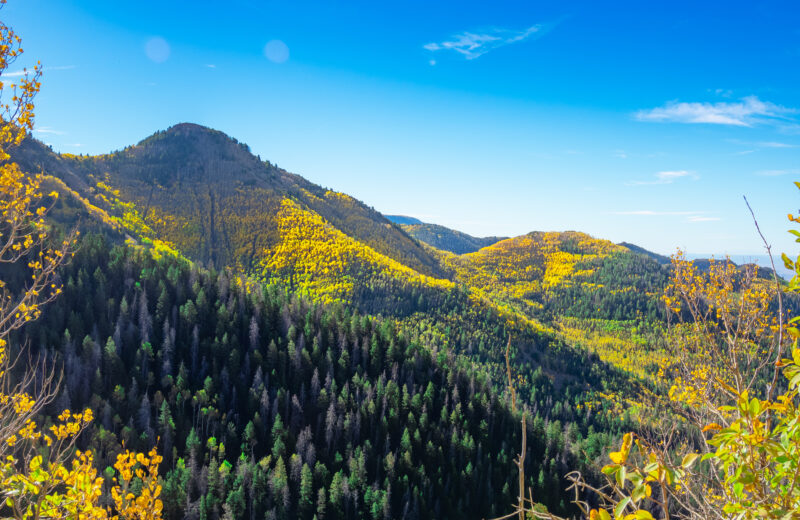In an old railyard south East you’ll find the Columbia Coke Oven Ruins. The front wall of these ovens, including the oven doors, has been removed in order to protect the public, but much of the structures are still standing. You will also see the old Carbon County Railroad Building there. Coal and the railroad were once big economic drivers for this area.
In the early 1900s, coke ovens were used to convert coal into coke, a very hot-burning fuel that was used in the furnaces of almost all of the early metal smelters. The ovens were dome-shaped, about 15 feet tall and 15 feet wide, with a flat bottom. Trains delivered coal from the local mines, dropping it into the tops of the ovens until it stood three to four feet high. Then it was heated at a very high temperature to create coke, which was then shipped to California steel mills to help with steel production.
In the 1930s, coking operations slowed down and finally sat idle. After Henry Kaiser leased the Sunnyside mines and coke ovens around 1943, they ran 24/7 until they were closed down in 1958.
Be careful as you venture out to tour old structures in East Carbon. Locals say a ghost named La Llorona roams the foothills of East Carbon. Said to be looking for her sons who drowned in a nearby river, La Llorona can be heard “wailing” into the night searching for her children after dark. Many local children grew up hearing the stories of La Llorona, and parents warned them not to be out after dark. This may be another folklore tale to get children to mind, but, nevertheless, the story has been told for many years.
